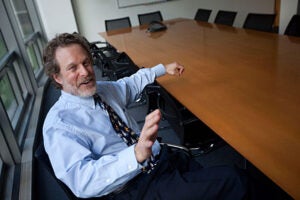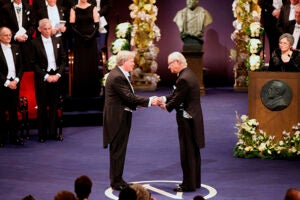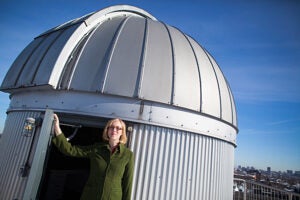Tag: Harvard-Smithsonian Center for Astrophysics
-
Nation & World
New destination for space-faring civilizations?
Globular star clusters date back almost to the birth of the Milky Way, and according to new research, they also could be extraordinarily good places to look for space-faring civilizations.
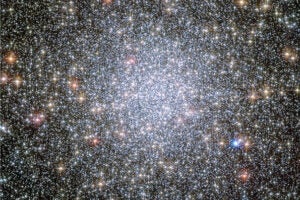
-
Nation & World
Cosmic ‘Death Star’ destroys a planet
Astronomers announced today that they have spotted a large, rocky object disintegrating in its death spiral around a distant white dwarf star. “We’re watching a solar system get destroyed,” noted a Harvard researcher.
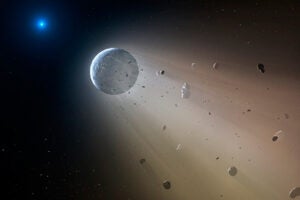
-
Nation & World
Interstellar seeds could create oases of life
Within the next generation, it should become possible to detect signs of life on planets orbiting distant stars, say researchers at the Harvard-Smithsonian Center for Astrophysics
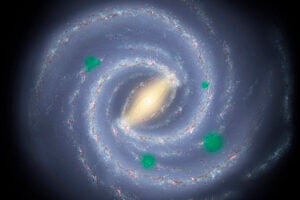
-
Nation & World
Pluto in detail
Scott Kenyon offers an astrophysicist’s view of the New Horizons mission to Pluto.
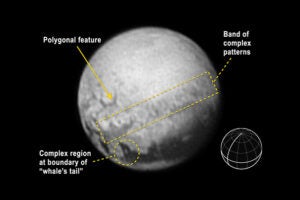
-
Nation & World
Going the distance with microlensing method
NASA’s Spitzer Space Telescope has teamed up with a telescope on the ground to find a remote gas planet about 13,000 light-years away, making it one of the most distant planets known, according to the Harvard-Smithsonian Center for Astrophysics.
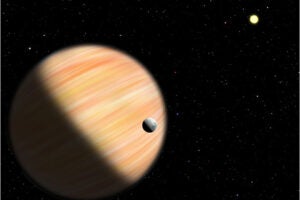
-
Nation & World
An inspiration to students
Professor of Astronomy Alyssa A. Goodman was named the Harvard Foundation’s 2015 Scientist of the Year.
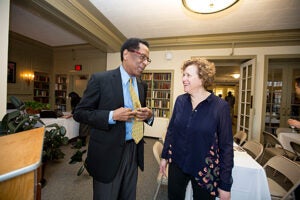
-
Nation & World
Mysterious link between galaxy and black hole
A new study of football-shaped collections of stars called elliptical galaxies provides insights into the connection between a galaxy and its black hole. This new research was designed to address a controversy in the field.
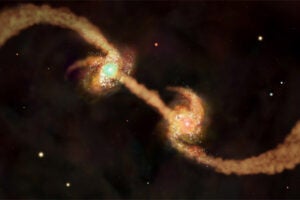
-
Nation & World
Discovering ‘star nurseries’
In a quest to find mismatched star pairs known as extreme mass-ratio binaries, Harvard astronomers have discovered a new class of binary stars, in which one star is fully formed while the other is still in its infancy. The discovery of these stellar twins could provide invaluable insight into the formation and evolution of massive…
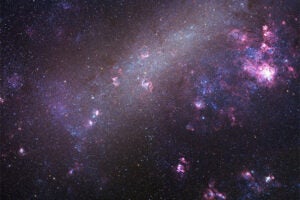
-
Nation & World
Robert Kirshner receives Wolf Prize
Harvard’s Clowes Professor of Science Robert P. Kirshner ’70 will share the 2015 Wolf Prize in Physics with Professor James Bjorken of Stanford University. They will split the $100,000 award.
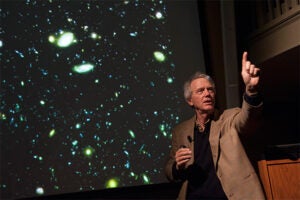
-
Nation & World
Eight new planets found in Goldilocks Zone
Astronomers announced Tuesday that they have found eight new planets in the Goldilocks Zone of their stars, orbiting at a distance where liquid water can exist on the planet’s surface. The discoveries double the number of small planets believed to be in the habitable zone of their parent stars.
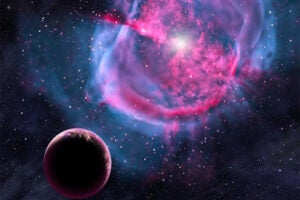
-
Nation & World
Stars’ age: A well-kept secret
Harvard researchers have found that stars slow down as they age, and their ages are well-kept secrets. But astronomers are taking advantage of the first fact to tackle the second and tease out stellar ages.
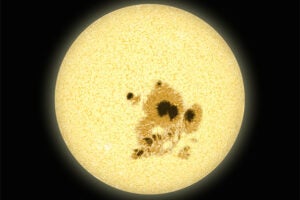
-
Nation & World
Surfing on a super-Earth
For life as we know it to develop on other planets, those planets would need liquid water, or oceans. Geologic evidence suggests that Earth’s oceans have existed for nearly the entire history of our world.
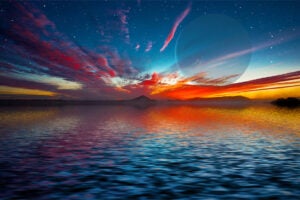
-
Nation & World
Kepler ‘rising from the ashes’
Despite a malfunction that ended its primary mission in May 2013, the Kepler spacecraft is alive and working. The evidence comes from the discovery of a new super-Earth using data collected during Kepler’s “second life.”
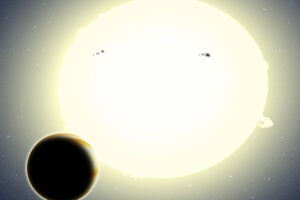
-
Nation & World
Eyes on Orion
Harvard-Smithsonian Center for Astrophysics scientist Jonathan McDowell answers questions on the Orion test run and prospects for getting to Mars.
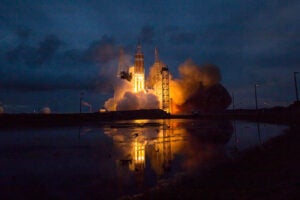
-
Nation & World
Pluto’s demotion debated
In 2006, the International Astronomical Union demoted Pluto from its rank as a planet. But after an hourlong debate between planetary science experts on what constitutes a planet, an audience packed into Harvard’s Phillips Auditorium voted to restore it to its place.
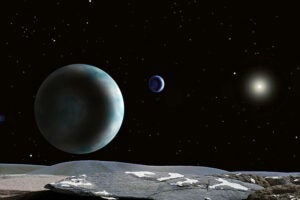
-
Nation & World
Targeting alien polluters
New research by theorists at the Harvard-Smithsonian Center for Astrophysics (CfA) shows that we could spot the fingerprints of certain pollutants under ideal conditions. This would offer a new approach in the search for extraterrestrial intelligence (SETI).
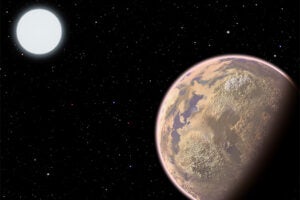
-
Nation & World
John Peter Huchra
At a Meeting of the Faculty of Arts and Sciences on April 1, 2014, the Minute honoring the life and service of the late John Peter Huchra, Robert O. and Holly Thomis Doyle Professor of Cosmology, was placed upon the records.
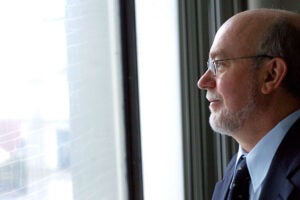
-
Nation & World
‘Godzilla of Earths’ discovered
Astronomers announced Monday that they have discovered a new type of planet — a rocky world weighing 17 times as much as Earth. This planet is all solids and much bigger than previously discovered “super-Earths,” making it a “mega-Earth.”
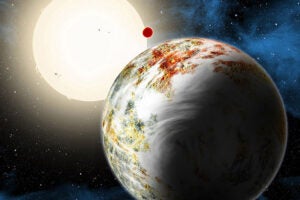
-
Nation & World
Astronomers create first realistic virtual universe
Astronomers have created the first realistic virtual universe using a computer simulation called Illustris. Illustris can re-create 13 billion years of cosmic evolution in a cube 350 million light-years on a side with unprecedented resolution.
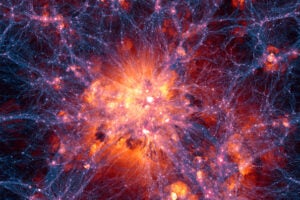
-
Nation & World
Sizing up the Big Bang
Four experts, including Nobel Prize winner Robert Wilson, came together for a CfA program titled “50 Years After the Discovery of the Big Bang.”
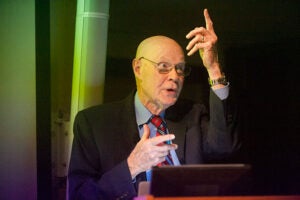
-
Nation & World
Can iPads help students learn science? Yes
A new study by researchers at the Harvard-Smithsonian Center for Astrophysics shows that students grasp the unimaginable emptiness of space more effectively when they use iPads to explore 3-D simulations of the universe, compared with traditional classroom instruction.

-
Nation & World
Mystery world baffles astronomers
Kepler-78b is a planet that shouldn’t exist. “This planet is a complete mystery,” said astronomer David Latham of the Harvard-Smithsonian Center for Astrophysics (CfA). “We don’t know how it formed or how it got to where it is today. What we do know is that it’s not going to last forever.”
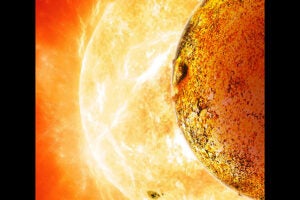
-
Nation & World
The search for other Earths
Scientists at the Harvard-Smithsonian Center for Astrophysics are drafting the target list for NASA’s next planet-finding telescope, the orbiting Transiting Exoplanet Survey Satellite, or TESS, which will search the Earth’s galactic neighborhood for planets that might support life.
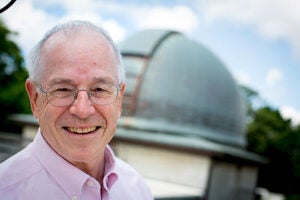
-
Nation & World
The building blocks of planets
Harvard’s Matt Holman, a lecturer on astrophysics, and his collaborators at the Southwest Research Institute in Colorado are piggybacking their research onto a NASA spaceship that is racing to the farthest edges of the solar system to study objects in the far-flung Kuiper Belt.
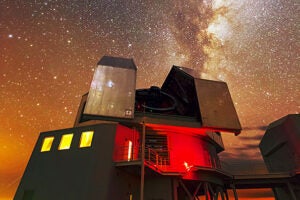
-
Nation & World
The next gold rush: Outer space?
New observations confirm that colliding neutron stars create short gamma-ray bursts, and such collisions produce rare heavy elements, including gold. Researchers at the Harvard-Smithsonian Center for Astrophysics believe the Earth’s gold likely came from colliding neutron stars.
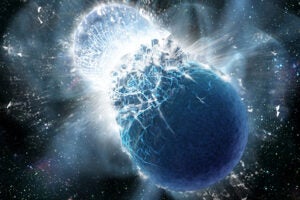
-
Nation & World
Songs from the stars
Gerhard Sonnert, a research associate at the Harvard-Smithsonian Center for Astrophysics, has created a new website that allows listeners to literally hear the music of the stars.
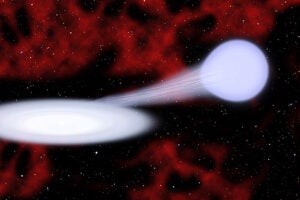
-
Nation & World
Building on Einstein
A team at Tel Aviv University in Israel and the Harvard-Smithsonian Center for Astrophysics has just discovered an exoplanet using a new method that relies on Einstein’s special theory of relativity.
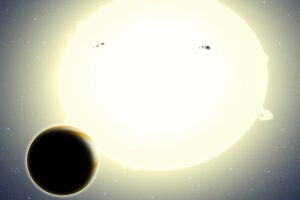
-
Nation & World
Understanding student weaknesses
As part of an unusual study that surveyed 181 middle school physical science teachers and nearly 10,000 students, researchers found that the most successful teachers were those who knew what students would get wrong on standardized tests.
